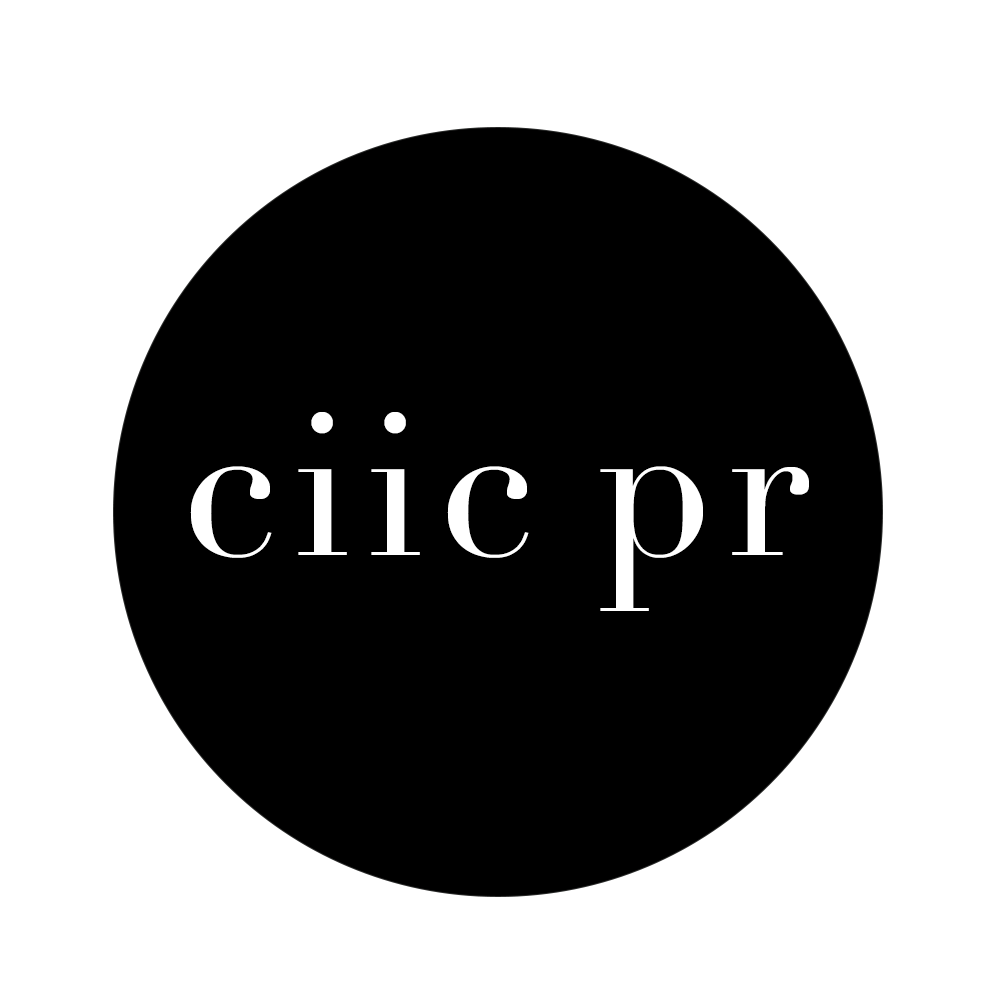Adapting to New Social Media Strategies in the Age of COVID-19
The beginning of the pandemic in March of 2020 prompted a shift in the social media landscape. While the world went into lockdown all at once with city-mandated quarantines and restrictions, people turned to their phone screens to cultivate human connections; and with that came an explosive rise of social media interaction. Read along as I discuss some of the social media strategies that were successful as we guided our clients through the pandemic.
The hospitality and tourism industry took a hard hit this year. Back in March, when it dawned on most of us that all travel plans were canceled for the rest of the year, the same question was raised for all hospitality-focused social media experts: How to increase and maintain engagement without a call-to-action to travel? Insert: a Crisis Communications-driven action plan. For social media accounts like @visitebarbados and @calalunahotel, we particularly wanted to be cautious of our messaging. Eliminating call-to-actions, we delivered more hopeful messaging about travel. With taglines such as “We’ll see you soon” and “Reminisce about travel,” we created a feeling of nostalgia and empathy towards visiting a destination. As for content, we stayed away from photos showing groups of people and delivered more nature shots and photos, which represented the essence of each location. Content that seemed to keep people in positive spirits, including cocktail recipes, virtual happy hours, Live DJ sets, yoga classes, and mental health tips, all worked to keep the minds of our audience distracted from the travel restrictions and virtually connected with our clients. To keep our audience engaged, we used interactive Instagram Stories using Instagram Stickers and always kept a conversation going by asking questions and encouraging followers to comment and share travel stories.
The strict lockdown period also raised initiatives to support small businesses during both a health and economic crisis. To show our support, our team at CIIC launched the internal social media initiative, #LoveFromaDistance, to showcase how we support local businesses in our homes of Miami, New York, and San Diego. Every week, a team member made a purchase from a local small business and highlighted the brand on our social media platforms. It gave us a chance to feature some amazing brands while encouraging our followers to shop and #SupportLocal.
With the shift to virtual events, clients like Florida Wine Academy, which have annually hosted Miami Champagne Week at signature Miami locations, now were adjusting to hosting their weeklong event in a virtual setting. Our social media team's challenge was synonymous with our initial challenges at the start of the pandemic: How to reach a social media audience and keep them interested in attending (yet another) virtual event. To map out a month's worth of content in Miami Champagne Week's preparation, we brainstormed what our audience of wine aficionados would like to see on their feed. This resulted in going back to some of our proven tactics which worked well at the start of the pandemic: interactive posts on the feed/stories, videos from industry professionals, and light-hearted, inviting content. To expand our audience, we worked with like-minded social media accounts through the use of hashtags and geo-tags. A simple act of engagement, like commenting or “liking” a photo, increases brand visibility and the chances of gaining organic followers. The conclusion of Miami Champagne Week brought our team new insight and strategies to apply for similar events in the future.
As travel restrictions prolonged past the estimated three months, travel content creators adjusted their work as followers shifted their expectations. With that, we quickly adapted our strategy in the way we worked with influencers. In an effort to support boutique hotels as they reopened after months of temporary closures, CIIC worked with Boutique Lifestyle Leaders Association (BLLA) on their #BoutiqueStrong campaign. We encouraged boutique enthusiasts, including travel influencers, to participate in this social media campaign by sharing their favorite boutique hotel and the importance of supporting the boutique industry. Travel influencers and bloggers like @pincaboo, @laura_lily, @bohemianvagabond, @cohlab_nyc, @morganmariejones and more participated in the campaign. Travel influencers were also essential in our strategy to focus on local travel. To promote safe local travel to the Mexico market for Palladium Hotel Group, we worked with local travel influencers with an emphasis on video content like @soyalextienda, @oscaralejandro, and @sinpostal. The YouTube vloggers visited newly-reopened Palladium Hotel Group properties and highlighted a socially-distant vacation and how these properties were ensuring guests’ safety.
Once travel bans and restrictions were lifted, most destinations launched travel and safety protocols for incoming travelers. For accounts like @visitebarbados, it was essential to share any and all updates on travel protocols via social media. As engagement was imperative, interactive stories were a helpful strategy to not only share updates with the LATAM market in Spanish but also to survey sentiment from the market.
As we approach the end of a year of constant uncertainty, with truly still no certainty of what 2021 has in store for us, we know one thing is for sure: Social media always has, and will always, connect us in profound and unique ways. We are looking forward to exploring new strategies as the social media landscape continues to evolve.
Signed,





